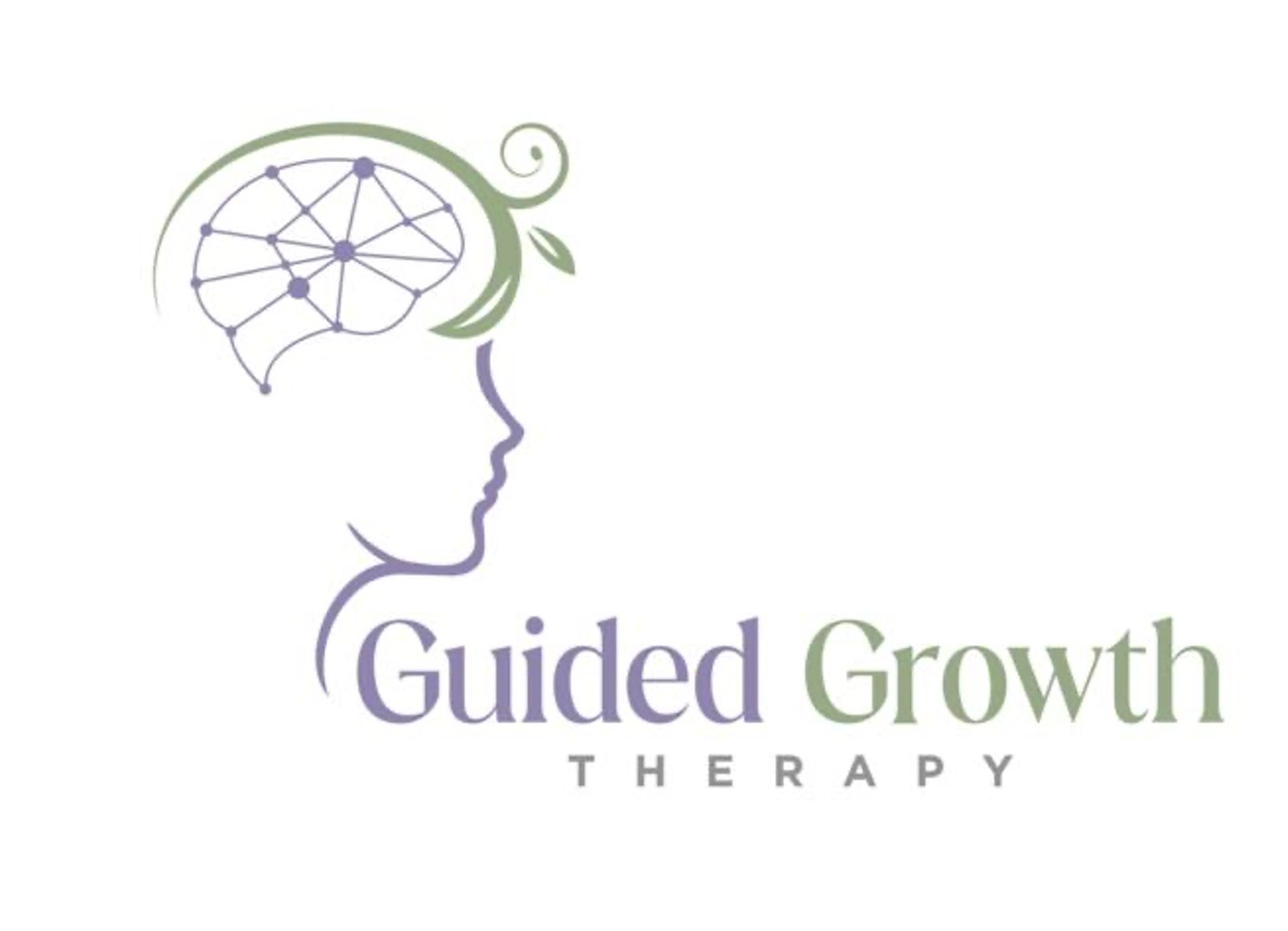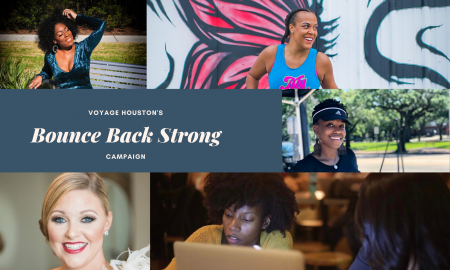

Today we’d like to introduce you to Sehrish Ali.
Hi Sehrish, can you start by introducing yourself? We’d love to learn more about how you got to where you are today.
When becoming a therapist, my goal was to work in a setting that fit not only my specialty but work style as well. For me, the goal was also to gain experience working in different settings to gain knowledge, referral sources, and strategies to utilize when opening my own private practice. Through the experiences and training I received to become an eating disorder specialist, I began to recognize the gap in services and resources available to multicultural and BIPOC (Black, Indigenous, and People of Color) communities. Over time, my goals transitioned into creating a space that allowed me to be provide flexibility in scheduling and resources while work to bridge the gaps needed to establish creative and individualized approaches for my clients. In creating these individualized approaches encouraged me to address the when, where, and how sessions would occur. In addition to my role as a therapist, I take part in research to help create and disseminate resources and psychoeducation within the community to establish a sense of awareness surrounding eating disorders and the integration of treatment. Currently, I am expanding my practice by providing consultation and supervision for therapists, clinicians, school, clinics, and facilities for those interested in working with body image, disorder eating, eating disorders, and the potential effects of various cultural populations.
Alright, so let’s dig a little deeper into the story – has it been an easy path overall, and if not, what were the challenges you’ve had to overcome?
In the mental health field, one of the challenges I encounter in both of my roles as a therapist and researcher are that the theories, skills, and interventions that are considered best practices do not always consider or have been evaluated with regards to acculturation and how different cultures and ethnicities respond to these modalities in therapy. As a not only a clinician but a person of South Asian decent seeking therapy herself, this was hard realization. Therapy and the significance of mental health has always been tied up with stigma. Through awareness, education, and exposure, we are seeing changes in the awareness and attitudes towards mental health and wellness. However, many still leave it on the back burner. When examining minority cultures and the LGBTQ community, the integration of their narratives and how their perceived cultural customs and stories of origin are not always addressed, whereas it should be an integral part of their intake process. Throughout many of the training and education opportunities during graduate school, I have had, the voice of the client and their stories from a cultural and ethnic perspective were not addressed or perceived as significant. Through my experiences, I have begun advocating the need to create space and understanding of cultural competency when addressing the mental health and daily life stressors of clients through their own worldview. I often say normal is subjective, and it’s vital we understand, define, and clarify their own normal to the best of their ability to help initiate and alleviate day-to-day stressors.
Alright, so let’s switch gears a bit and talk business. What should we know?
Guided Growth Therapy is a private practice that considers an individual’s journey, including their multicultural and BIPOC identities, body image, trauma, and disordered eating history, and how it affects their treatment. By creating individualized treatment plans and emphasizing the client’s individuality and characteristics, I focus on treating the whole person instead of just aiming for symptom reduction. As a product of two cultures, I have gained insight into how integrating and placing an emphasis on approached through a multicultural lens allows us to look at problems, their origins, and treatment options differently than may have been previously considered.
I work with groups, couples, and individuals ages twelve and above. I work with people who have a wide range of concerns, including anxiety, trauma, depression, grief, relationships, s*x, identity, self-image, eating disorders, body image, and careers. Additionally, I enjoy working with therapists and counselors-in-training because I think it’s important that those who work in the mental health field take good care of themselves while having a safe space to process their own personal concerns. Although each therapy session is unique, the most sessions involve working on improving self-awareness, feeling more in control of your life, leveraging your strengths, learning new coping and problem-solving techniques, fortifying relationships, defining your values, and discovering meaning or purpose.
I’ve had training in most therapies that have been shown to be effective by research. These modalities include acceptance and commitment, motivational interviewing, cognitive behavioral, interpersonal, narrative, solution-focused, family systems, and Gestalt. Each client is unique and should receive a customized approach to counseling. Therapy with me typically consists of a combination of various therapeutic modalities through an individualized plan we develop together, taking into account your preferences, values, and requirements. Person-centered and experiential modalities are my personal favorite types of therapies because they allow us to develop a trustworthy relationship and create an environment where you can explore who you really are in the moment. This is important since you are a process, not a diagnosis.
We’re always looking for the lessons that can be learned in any situation, including tragic ones like the Covid-19 crisis. Are there any lessons you’ve learned that you can share?
Flexibility, creativity, and connection have been the driving forces of the pandemic. When I first started working with clients, virtual platforms were not something that was part of the training I received or was something I would have imagined becoming a normative approach to providing clinical services. What was a bit more interesting is I started my practice during the midst of the pandemic and was supervising students while they were seeing their own clients. Navigating the virtual world and how telemedicine changed was quite an endeavor. Keeping clients engaged and creating a safe environment via platforms like Zoom were definitely uncharted territory. Now, three years later, it’s considered the norm, as my practice is considered hybrid, where about half my clients prefer the comfort of their own home while attending therapy sessions. With any new changes and challenges, I believe it’s always vital to have a strong support system. One thing the pandemic has emphasized is the importance of mentorship, connection, and collaboration. We all have hard days, and having a sounding board you trust can make all the difference.
Contact Info:
- Website: https://www.guidedgrowththerapypllc.com
- Other: http://drsehrishali.com














